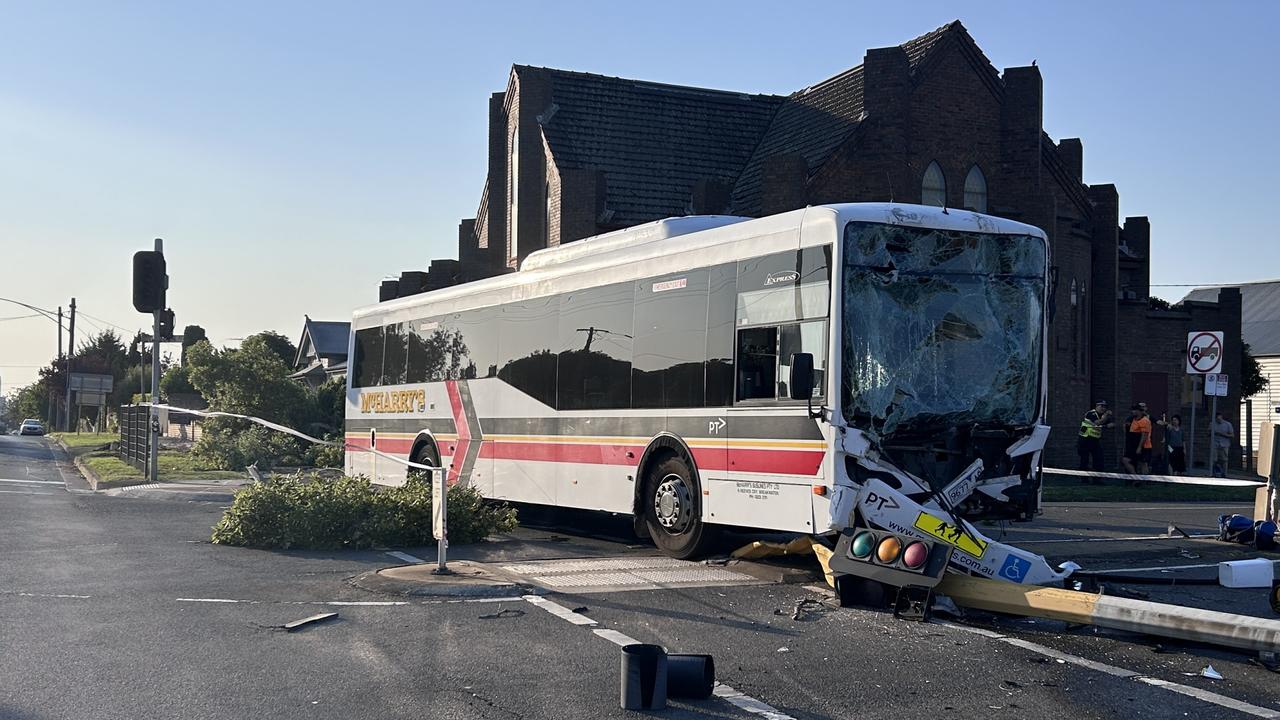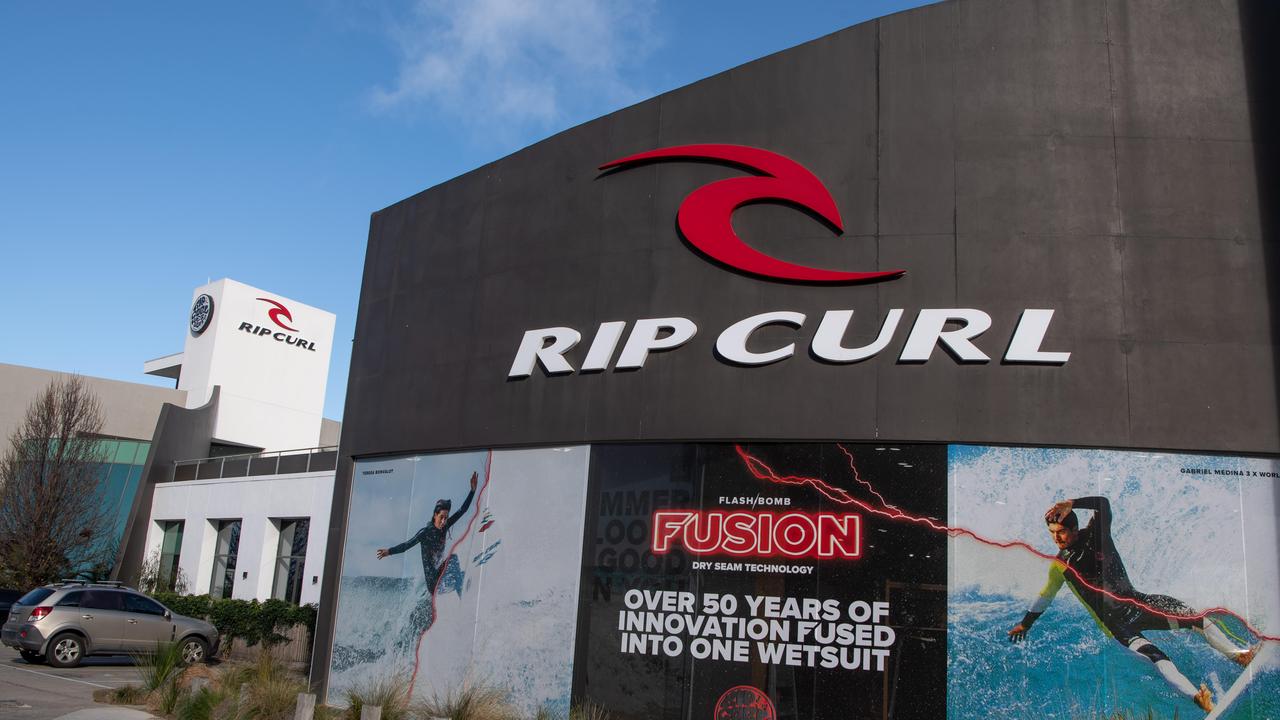Geelong galleries, governments try to strike balance in art space
Geelong gallery owners are grappling with how to compete – or collaborate – with publicly-funded spaces and events, as the city looks to live up to its “clever and creative” moniker.
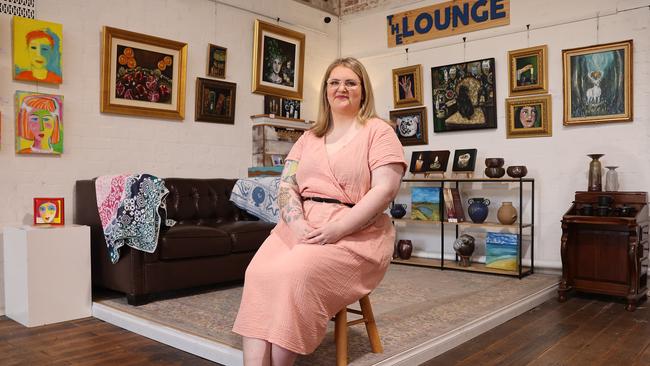
Geelong
Don't miss out on the headlines from Geelong. Followed categories will be added to My News.
As Geelong’s art scene evolves, private gallery owners are grappling with how to compete – or collaborate – with publicly-funded spaces and events.
Shifts in commercial culture, government-backed initiatives, and the rise of pop-up galleries are reshaping how art is viewed, purchased, and created.
Geelong’s youngest gallery owner, Molly O’Hara, took over Newtown’s Sequel Gallery in November last year, aged 26.
Ms O’Hara has dedicated the space to Geelong’s emerging creatives, but is adapting to the modern reality of gallery ownership.
“We are supported solely by our artists,” she said.
Geelong council’s announcement in September of the proposed $150,000 transformation of Brougham St’s Customs House into the city’s newest creative hub has sparked apprehension among some local figures.
City of Greater Geelong chief executive Ali Wastie said the refurbishment of the historic site would begin early next year.
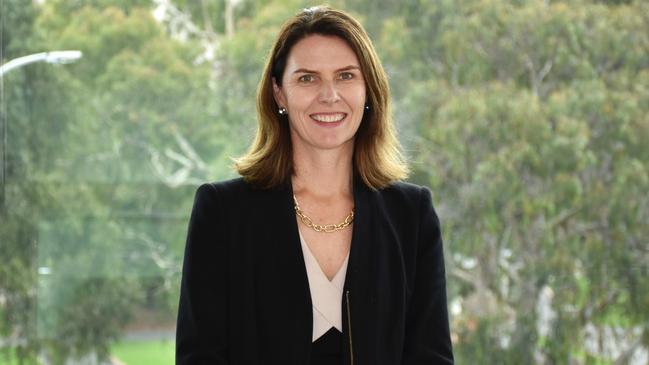
“We aim to complete the work by winter 2025, with the pilot creative hub commencing in approximately August/September 2025,” she said.
In 2021, Geelong council adopted a 10-year arts and cultural strategy in response to community feedback, laying out how to support and grow arts and cultural activities in the region.
The “clever and creative” concept included the provision of additional spaces for creatives to
create, rehearse, develop and showcase work, and more opportunities for ongoing
access to art across the municipality.
“We are a proud UNESCO Creative City of Design with a growing creative community, whose work is showcased through a number of galleries, creative spaces, public art, projects and initiatives,” Ms Wastie said.
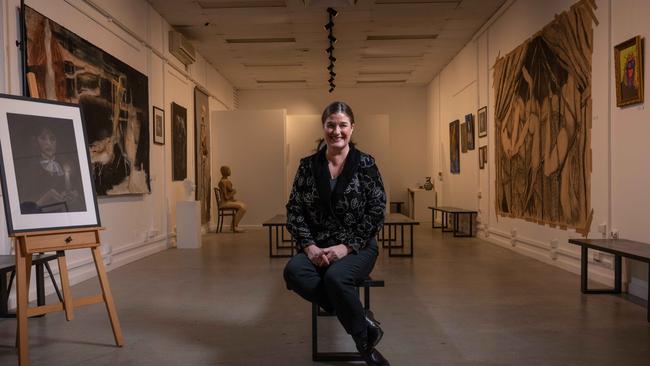
Geelong council committed more than $17m to arts and culture initiatives in its latest budget, a more than $2m increase from the previous period.
City Hall said it would “continue to deliver initiatives to create more opportunities
for live music and entertainment, public art commissions and grants programs”.
“We are aiming to strengthen our cultural sector and contribute to its prosperity and
unlock our community’s creative potential,” it said.
Local galleries and creative groups have responded to the increase of supported competition with a level of cautious optimism.
Jennifer Cromarty, chair of Creative Geelong and owner of the recently opened Untether Gallery and Studio in Centrepoint Arcade, speaks highly of the city’s emerging ecosystem.
Over the past six months, Ms Cromarty has seen first-hand how Geelong’s art market is “maturing”.
Ms Cromarty’s concerns lay not in the creative hub itself, but whether Customs House will offer its services for free.
With more than 30 years of experience as a government consultant, Ms Cromarty has kept a close eye on the evolution of government spending in the creative space.
By offering lower cost or free exhibitions, and creative, co-working, and developmental spaces as alternatives to the private sector, she said council risked undercutting the independent galleries that have built Geelong’s artistic community from the ground up.
“I feel right now we’ve got such a good ecosystem,” Ms Cromarty said.
“The last thing we need is for the council to do something that will disrupt that.”
Ms Cromarty said her concerns were confirmed by Platform Arts’ “After Walter Hopps”
exhibition, launched in August.
The heavily council-funded experimental art house waived entry fees for submissions to the exhibition, explaining on its website that this removed “the restrictions enforced in an institutional gallery setting”.
The exhibition took place less than a month after not-for-profit art community The House paid to run a similarly motivated showcase at Hue and Cry Gallery (now Liminal Lab).
Ms Cromarty and Ms O’Hara agree that accessibility to the arts is crucial, but they fear that government support, without careful planning, could destabilise the delicate ecosystem of independent galleries.
“I think there are nuances in it,” Ms Cromarty said.
“So, all I’d say is that if the government is going to do something in the sector, we absolutely need support but, we also cannot have situations where they’re giving free space away without some sort of caveat around development.”
When Ren Inei opened Boom Gallery in 2011, he considered whether the cultural impact of the gallery was great enough to outweigh the need for financial reward.
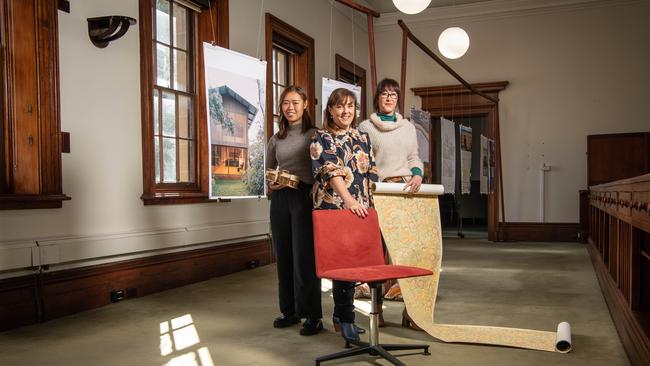
He acknowledged that “it was hard to stomach other initiatives receiving so much financial and institutional support”.
Mr Inei said that in today’s market, small privately owned creative spaces that worked predominantly with emerging artists, like Sequel and Untether, would feel particularly impacted by “supported competition”.
Ms Cromarty said she strongly advocated for ongoing conversations with the creative community to ensure new initiatives strengthened, rather than undermined, private galleries.
She urged Geelong council to consider what it could do in collaboration with existing organisations to grow the ecosystem and encouraged the city to view the arts as a key economic driver.
“I think that if the government enables the organisations to work together, you can do good things,” Ms Cromarty said.
Ms O’Hara echoed that sentiment, asking that council recognise the ongoing efforts and hardships of the private sector in nurturing Geelong’s creative climate.
Council will conduct community consultation before reopening the Customs House hub, Ms Wastie said.
“Together, we are making Greater Geelong a great place for artists and creative entrepreneurs to work, learn, collaborate, and grow,” she said.
More Coverage
Originally published as Geelong galleries, governments try to strike balance in art space



